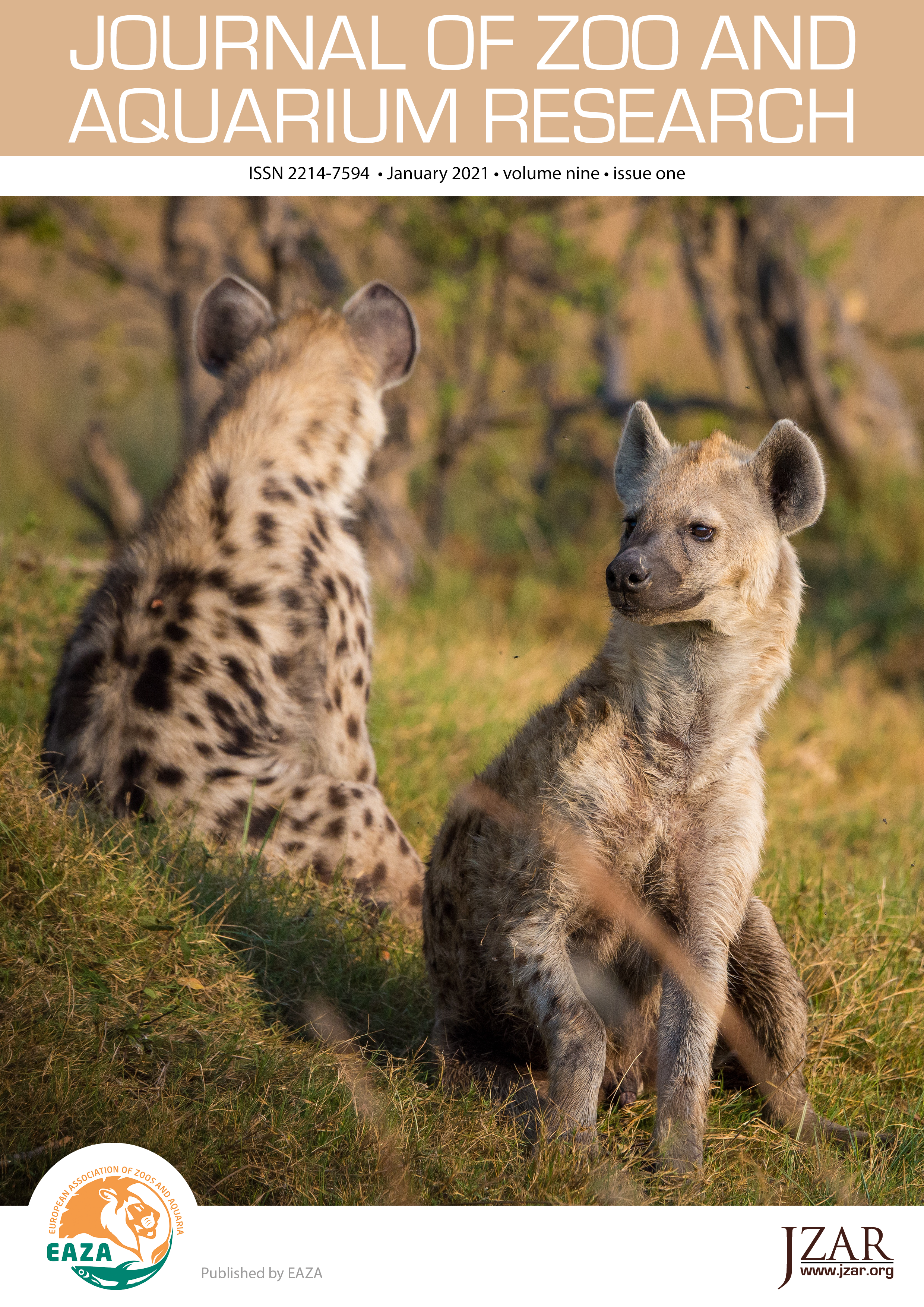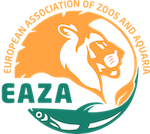Urine collection conditioning in determining the oestrous cycle of a captive female giant panda Ailuropoda melanoleuca
DOI:
https://doi.org/10.19227/jzar.v9i1.498Keywords:
training, endocrine, hormone, bear, breedingAbstract
The breeding of giant pandas Ailuropoda melanoleuca in captivity can be a challenge, especially if natural mating is unsuccessful and artificial insemination is the only way to achieve fertilisation. The best chance of successful artificial insemination is when the female is inseminated within 24 hours of ovulation, right after oestrogen levels peak and start declining during her oestrous period. Hence, determining the exact point at which the female reaches her oestrous peak is crucial. Besides monitoring behavioural and physical changes in the female, urinary oestrogen is a common non-invasive biomarker in determining the female’s oestrogen hormone profile. However, urine may be hard to collect in a naturalistic environment when the female is out on display. Conditioning a female panda to urinate on cue allows for direct urine collection and hence accurate monitoring of oestrogen levels at a consistent rate while ensuring that the sample collected is fresh and clean. This has led to improvement of the oestrogen hormone profile over recent years, allowing for a more accurate determination of the female’s oestrous peak and a better grasp of timing for artificial insemination.
Downloads
Published
How to Cite
Issue
Section
License
JZAR fulfils the DOAJ definition of open access and provides free and open access to the full text of all content without delay under a Creative Commons licence. The copyright holder of JZAR publications grants usage rights to third parties, allowing for immediate free access to the work and permitting any user to read, download, copy, distribute, print, search, or link to the full texts of articles.







